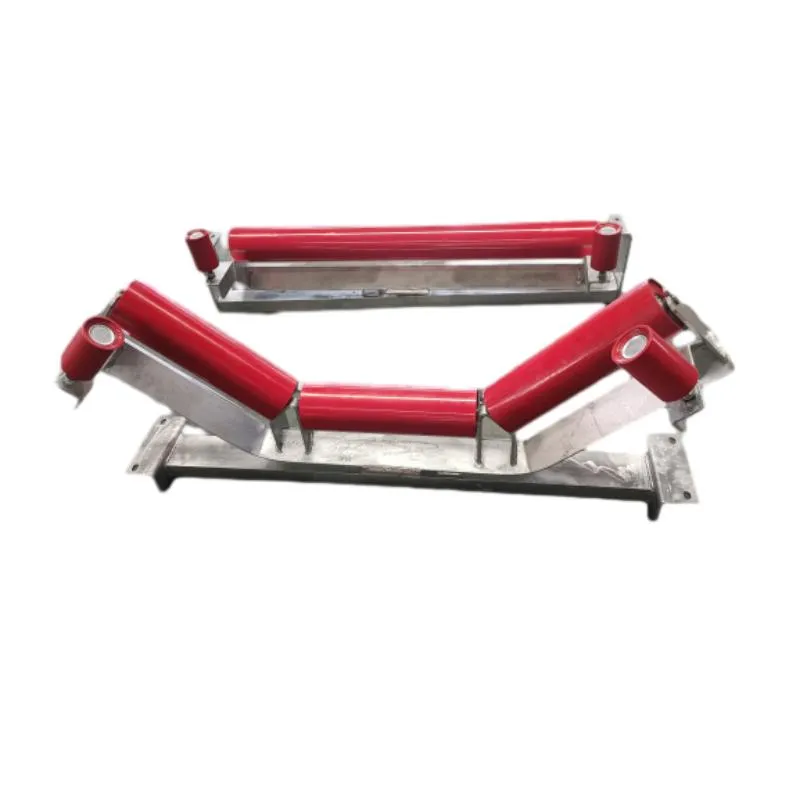 Afrikaans
Afrikaans  Albanian
Albanian  Amharic
Amharic  Arabic
Arabic  Armenian
Armenian  Azerbaijani
Azerbaijani  Basque
Basque  Belarusian
Belarusian  Bengali
Bengali  Bosnian
Bosnian  Bulgarian
Bulgarian  Catalan
Catalan  Cebuano
Cebuano  Corsican
Corsican  Croatian
Croatian  Czech
Czech  Danish
Danish  Dutch
Dutch  English
English  Esperanto
Esperanto  Estonian
Estonian  Finnish
Finnish  French
French  Frisian
Frisian  Galician
Galician  Georgian
Georgian  German
German  Greek
Greek  Gujarati
Gujarati  Haitian Creole
Haitian Creole  hausa
hausa  hawaiian
hawaiian  Hebrew
Hebrew  Hindi
Hindi  Miao
Miao  Hungarian
Hungarian  Icelandic
Icelandic  igbo
igbo  Indonesian
Indonesian  irish
irish  Italian
Italian  Japanese
Japanese  Javanese
Javanese  Kannada
Kannada  kazakh
kazakh  Khmer
Khmer  Rwandese
Rwandese  Korean
Korean  Kurdish
Kurdish  Kyrgyz
Kyrgyz  Lao
Lao  Latin
Latin  Latvian
Latvian  Lithuanian
Lithuanian  Luxembourgish
Luxembourgish  Macedonian
Macedonian  Malgashi
Malgashi  Malay
Malay  Malayalam
Malayalam  Maltese
Maltese  Maori
Maori  Marathi
Marathi  Mongolian
Mongolian  Myanmar
Myanmar  Nepali
Nepali  Norwegian
Norwegian  Norwegian
Norwegian  Occitan
Occitan  Pashto
Pashto  Persian
Persian  Polish
Polish  Portuguese
Portuguese  Punjabi
Punjabi  Romanian
Romanian  Russian
Russian  Samoan
Samoan  Scottish Gaelic
Scottish Gaelic  Serbian
Serbian  Sesotho
Sesotho  Shona
Shona  Sindhi
Sindhi  Sinhala
Sinhala  Slovak
Slovak  Slovenian
Slovenian  Somali
Somali  Spanish
Spanish  Sundanese
Sundanese  Swahili
Swahili  Swedish
Swedish  Tagalog
Tagalog  Tajik
Tajik  Tamil
Tamil  Tatar
Tatar  Telugu
Telugu  Thai
Thai  Turkish
Turkish  Turkmen
Turkmen  Ukrainian
Ukrainian  Urdu
Urdu  Uighur
Uighur  Uzbek
Uzbek  Vietnamese
Vietnamese  Welsh
Welsh  Bantu
Bantu  Yiddish
Yiddish  Yoruba
Yoruba  Zulu
Zulu Types of Conveyor Belt Scrapers for Efficient Material Handling Solutions
Understanding Conveyor Belt Scraper Types Essential Insights for Industrial Efficiency
In the world of manufacturing and material handling, conveyor belts play a pivotal role in ensuring smooth operations and increased productivity. However, one common challenge faced with conveyor systems is the accumulation of material on the conveyor belt, which can lead to inefficiencies and potential downtime. To mitigate this issue, conveyor belt scrapers are employed, which act as cleaning devices designed to remove material build-up from the belt’s surface. Understanding the various types of conveyor belt scrapers is crucial for selecting the right scraper system that meets operational needs while ensuring system longevity and efficiency.
1. Primary Scrapers
Primary scrapers are typically the first line of defense against material build-up. Positioned at the discharge end of the conveyor, these scrapers are designed to remove the majority of the material before it can accumulate further down the line. They come in various designs and materials, including rubber, polyurethane, and metal. The selection depends on the type of material being conveyed and the operational conditions.
- Advantages They effectively reduce carryback, which is crucial for maintaining cleanliness around the conveyor and preventing potential safety hazards. - Disadvantages If not maintained properly, primary scrapers can wear out quickly, particularly in applications involving abrasive materials.
2. Secondary Scrapers
Secondary scrapers complement the primary scrapers by offering a more refined cleaning solution. They are generally installed just after the primary scraper and are designed to remove any remaining material on the conveyor belt, ensuring a cleaner surface. These scrapers are often more adjustable and can be tailored to fit different conveyor configurations.
- Advantages By providing an additional layer of cleaning, secondary scrapers enhance operational efficiency and minimize maintenance costs associated with belt damage caused by material build-up. - Disadvantages They may require more frequent adjustments and monitoring to maintain optimal performance.
Tertiary scrapers are used in more specialized applications where maximum cleanliness is required. These scrapers are utilized in industries that convey sticky or fine materials, such as aggregates, coal, and food products. Tertiary scrapers might include specially designed blades or additional features like oscillating motions to effectively dislodge sticky material from the belt surface.
conveyor belt scraper types

- Advantages They ensure a nearly spotless belt surface, which is critical for preventing contamination and maintaining product integrity. - Disadvantages Tertiary scrapers can be more complex and may require heightened maintenance and adjustments.
4. Blade Types
Conveyor belt scrapers come equipped with various blade types that significantly impact their cleaning effectiveness
- Flat Blades The most common style, flat blades are simple and effective for a range of materials. - Conical Blades These blades are helpful in applications dealing with more viscous materials, offering a more aggressive cleaning action. - Wiper Blades Designed to wipe away fine particles, these blades are essential where precision is paramount.
5. Material Considerations
The material used in scrapers is equally important. Common materials include
- Rubber Flexible and generally suited for non-abrasive materials. It helps prevent belt damage. - Polyurethane Known for its durability, this material performs well in abrasive environments. - Metal Often used in heavy-duty applications; however, metal scrapers can cause belt wear if not properly aligned.
6. Conclusion
The choice of conveyor belt scraper significantly influences the efficiency and effectiveness of material handling processes. By understanding the various types, including primary, secondary, and tertiary scrapers, as well as the different blade materials and styles available, businesses can make informed decisions. This is not merely about keeping the conveyor belt clean; it extends to enhancing productivity, reducing maintenance costs, and prolonging the service life of conveyor systems. Whether you are in mining, manufacturing, or any industry relying on conveyor systems, investing in the right scraper technology can lead to improved operational efficiency and sustainability. As industries evolve, staying informed about advancements in conveyor belt scraper technologies will be crucial for maintaining competitive advantages in the market.
-
Revolutionizing Conveyor Reliability with Advanced Rubber Lagging PulleysNewsJul.22,2025
-
Powering Precision and Durability with Expert Manufacturers of Conveyor ComponentsNewsJul.22,2025
-
Optimizing Conveyor Systems with Advanced Conveyor AccessoriesNewsJul.22,2025
-
Maximize Conveyor Efficiency with Quality Conveyor Idler PulleysNewsJul.22,2025
-
Future-Proof Your Conveyor System with High-Performance Polyurethane RollerNewsJul.22,2025
-
Driving Efficiency Forward with Quality Idlers and RollersNewsJul.22,2025





























